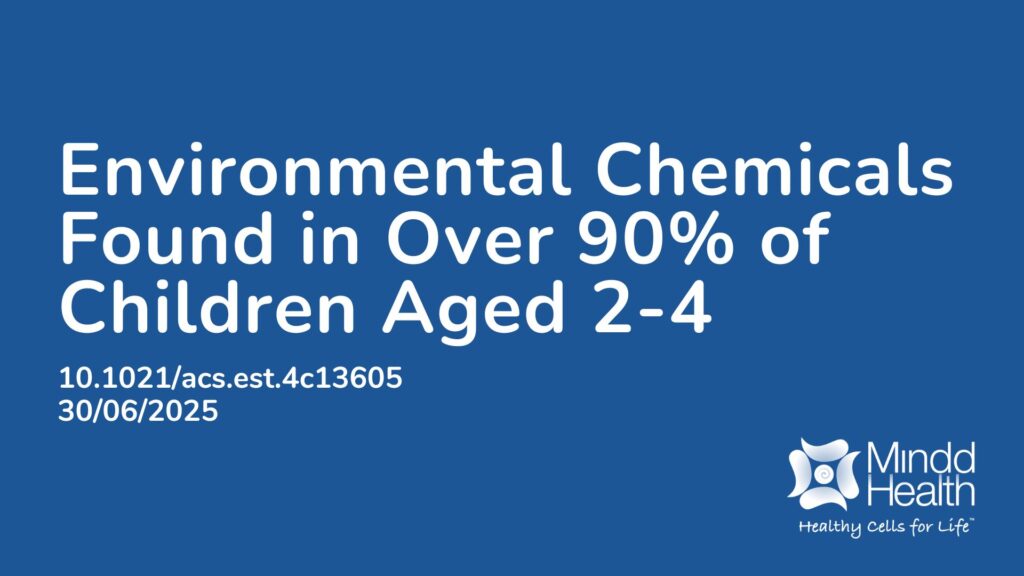Summary:
Exposure to environmental chemicals before birth and during early childhood can increase the risk of various negative health outcomes such as developmental delays, asthma, behavioral disorders, and weakened immune function. However, data on chemical exposure in young children are limited. This study used data from the nationwide Environmental influences on Child Health Outcomes Cohort to measure chemical exposure in 201 children aged 2 to 4 years, collected between 2010 and 2021. Researchers analyzed 111 different chemicals in urine samples from each child and compared these levels with samples collected from their mothers during pregnancy. Out of the 111 chemicals tested, 96 were found in at least five children, and 48 were detected in more than half of the children. Thirty-four chemicals were found in over 90% of the children, including nine chemicals not previously monitored at the national level. Some chemical levels, such as bisphenol S and certain pesticides and phthalates, were higher in children than in their mothers during pregnancy, while others like triclosan and monoethyl phthalate were higher in mothers. The results indicate that young children in the U.S. are frequently exposed to many chemicals, often at levels higher than those experienced before birth. The study highlights the need for expanded monitoring of emerging chemicals and further research into their health effects on young children.
Abstract:
Prenatal and early life exposure to environmental chemicals can increase the risk of multiple adverse child health outcomes. However, biomonitoring data for young children remain limited. This study leveraged the nationwide Environmental influences on Child Health Outcomes (ECHO) Cohort to assess chemical exposures in 201 children aged 2–4 years between 2010 and 2021. A total of 111 analytes across multiple chemical classes were simultaneously quantified in single spot urine specimens collected from each child and their mother during pregnancy, and concentrations were compared between child and prenatal maternal samples. Among the 111 analytes, 96 were detected in at least five children and 48 analytes in over 50% of children. Thirty-four were ubiquitously detected (>90%), nine of which have not been included in U.S. national biomonitoring: benzophenone-1, triethyl phosphate, and metabolites of six phthalates and one alternative plasticizer. Concentrations of bisphenol S, three pesticide biomarkers, and two phthalate biomarkers were higher in children than in mothers, while those of triclosan and monoethyl phthalate were higher in mothers. This study reveals frequent exposure to multiple chemicals in young U.S. children, often exceeding prenatal levels. Expanded biomonitoring of emerging chemicals of concern and studies of their health effects in this vulnerable population are warranted.
Article Publication Date: 30/06/2025
DOI: 10.1021/acs.est.4c13605



